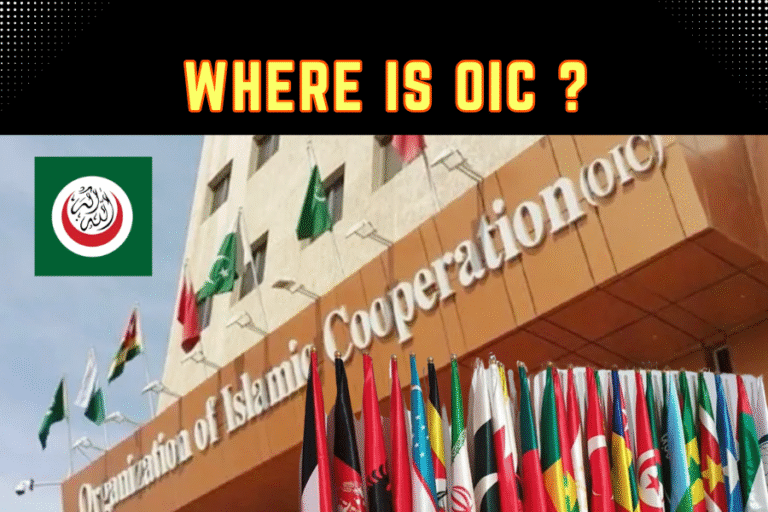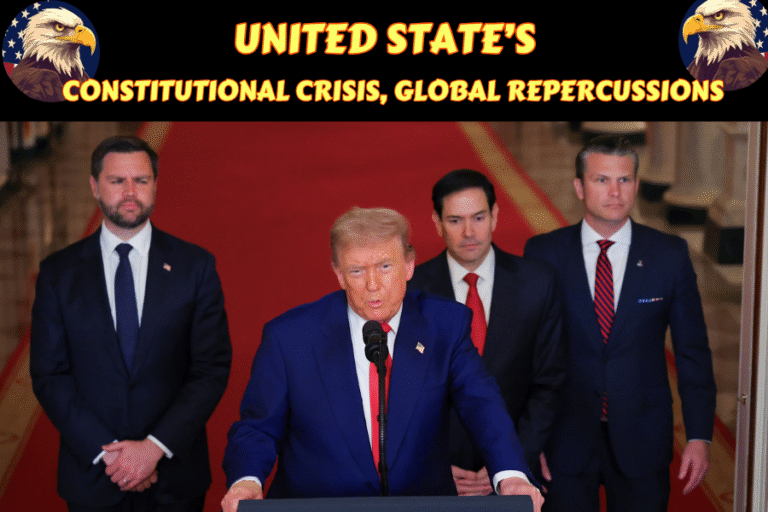(By Khalid Masood)
The strategic environment of the Persian Gulf has long been predicated on the technological superiority of Western-supplied air defence systems, forming the bedrock of the security architecture for the Gulf Cooperation Council (GCC) states. This paradigm was fundamentally challenged on September 9, 2025, when an Israeli military strike successfully penetrated the airspace of Qatar, a nation hosting significant US military assets and equipped with advanced American air defence platforms. This article will argue that the Doha strike represents a watershed moment, exposing critical vulnerabilities in layered air defence strategies and acting as a catalyst for a profound strategic reckoning within the GCC. It will analyse the pre-existing air defence capabilities of the member states, deconstruct the doctrinal failures revealed by the attack, and explore the subsequent strategic pivot towards diversified procurement and a re-evaluation of long-standing security guarantees.
1. Introduction: The Pre-Existing Paradigm of GCC Air Defence
For decades, the six nations of the GCC—Saudi Arabia, the UAE, Qatar, Bahrain, Kuwait, and Oman—have collectively invested hundreds of billions of dollars to construct a formidable, multi-layered air defence network. The core doctrine was one of technological overmatch, primarily through the acquisition of premier Western systems. This created an integrated, albeit nationally operated, shield designed to deter and defeat state-level threats, particularly from Iran.
The architecture was structured in three conventional tiers:
- Strategic High-Altitude Defence: Dominated by the American-made Terminal High Altitude Area Defense (THAAD) system, deployed by Saudi Arabia and the UAE, and the Patriot (PAC-3/MSE) system, which forms the long-range interceptor backbone for Saudi Arabia, the UAE, Qatar, Kuwait, and Bahrain. These systems were designed to counter ballistic missiles at the edge of the atmosphere.
- Medium-Range Engagement: This crucial layer, intended to intercept aircraft, cruise missiles, and drones, was populated by a mix of systems including the US I-Hawk and NASAMS, the South Korean Cheongung II (in the UAE), and others.
- Short-Range and Point Defence: A dense final layer designed to protect critical assets, featuring a wide variety of systems from French Crotale and Mistral missiles to Russian Pantsir-S1 platforms.
This “shield,” while impressive on paper, was predicated on two core assumptions: the inviolability of a GCC state’s sovereign airspace, guaranteed by its partnership with the United States, and the technical infallibility of its advanced radar and interceptor systems against a known threat axis. The events of September 9th shattered both.
2. The Doha Strike: A Doctrinal Failure
The Israeli attack on Doha was not merely a tactical success; it was a catastrophic failure of strategic deterrence and air defence doctrine for Qatar and, by extension, the entire GCC. According to detailed reports from the Associated Press and other sources, the strike was executed using a sophisticated combination of ballistic missiles launched from fighter jets over the Red Sea. This method of attack exploited several key vulnerabilities:
- Unconventional Threat Axis: GCC radar and patriot battery deployments have historically been oriented eastward to face threats from Iran. The Israeli strike likely came from a direction that was not considered a primary threat vector, potentially bypassing the most concentrated areas of radar coverage.
- Ballistic Trajectory: By launching missiles into a high-apogee, near-space trajectory, the strike bypassed the engagement envelopes of medium and short-range air defence systems. While Qatar operates the Patriot system, it is not optimized for a 360-degree, “snap” reaction to a ballistic threat from an unexpected direction without prior intelligence warnings. Even the most advanced systems require time to detect, track, acquire, and launch—time that a surprise attack from an unconventional vector does not allow.
- The Political-Military Seam: The strike exposed a critical seam not in technology, but in political assumptions. The very presence of the massive Al Udeid Air Base and over 10,000 US troops on Qatari soil was considered a de facto security guarantee. The failure of this “American shield” to deter or intercept an attack has been the most damaging aspect of the incident, prompting an immediate and public crisis of confidence in the reliability of the US as a security guarantor.
3. The Strategic Fallout: A Forced Reckoning
The successful strike has catalyzed a fundamental re-evaluation of defence policy across the Gulf. The initial response was an emergency summit of Arab and Islamic leaders in Doha, where the GCC pledged to activate a “joint defence mechanism.” However, the true impact lies in the less public, but more significant, strategic shifts:
- Erosion of Trust in Western Systems: The perception that a Western-supplied, integrated air defence network could be so readily defeated has irrevocably damaged its reputation. This is not merely a technical issue but a crisis of confidence. It has opened the door for competitors to market their systems not as replacements, but as necessary supplements to cover the perceived gaps in Western platforms.
- The Rise of Diversified Procurement: Gulf states are now actively accelerating talks with Russia for its S-400 system and are showing increased interest in advanced Chinese air defence platforms like the HQ-9. The strategic logic is no longer about acquiring the “best” system, but about creating a multi-faceted, multi-national network. The theory is that a network reliant on different radar frequencies, engagement logics, and data links (Russian, Chinese, and Western) will be more resilient and harder for any single adversary to jam, spoof, or circumvent.
- The Search for Strategic Autonomy: The most profound consequence is the intensified quest for strategic autonomy. The Doha strike proved that reliance on a single foreign power for security is a critical vulnerability. This is driving not only diversified military procurement but also a deepening of regional security pacts that are less dependent on Western oversight, such as the Saudi-Pakistani defence treaty signed just days after the attack.
4. Conclusion: A New Defence Landscape
The Israeli strike on Doha did more than just penetrate Qatari airspace; it shattered the foundational assumptions of Gulf security. The image of an impenetrable shield, built with the best Western technology and backed by American power, has been replaced by the stark reality of its vulnerabilities. This has initiated a painful but necessary process of strategic adaptation within the GCC. The future of the region’s defence landscape will be defined by a multi-polar procurement strategy, a greater emphasis on indigenous capabilities and intelligence, and a sober understanding that in the modern era, technological superiority alone is no guarantee of security. The shield over the sands must be rebuilt, not just with new hardware, but with a new, more independent, and more resilient strategic doctrine.







